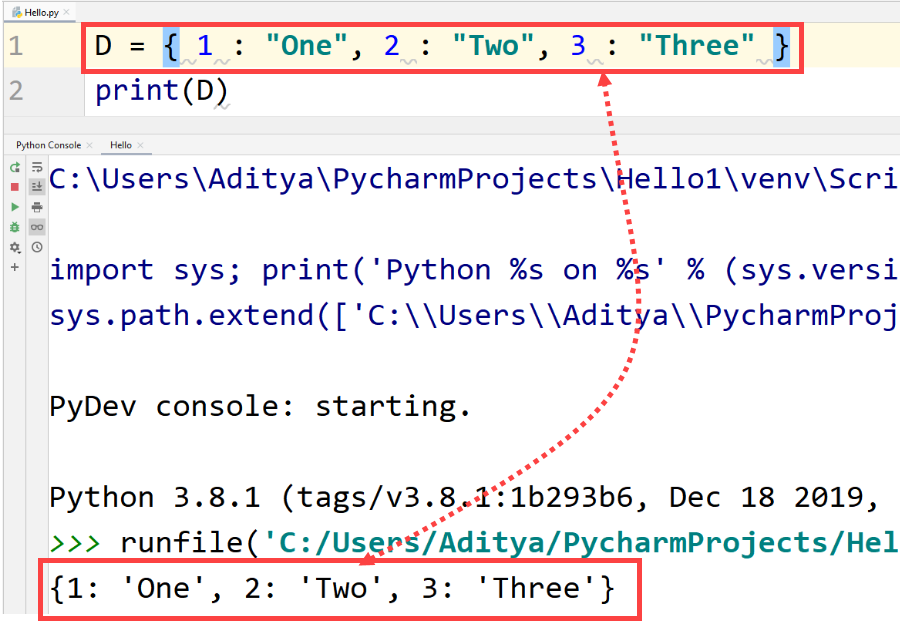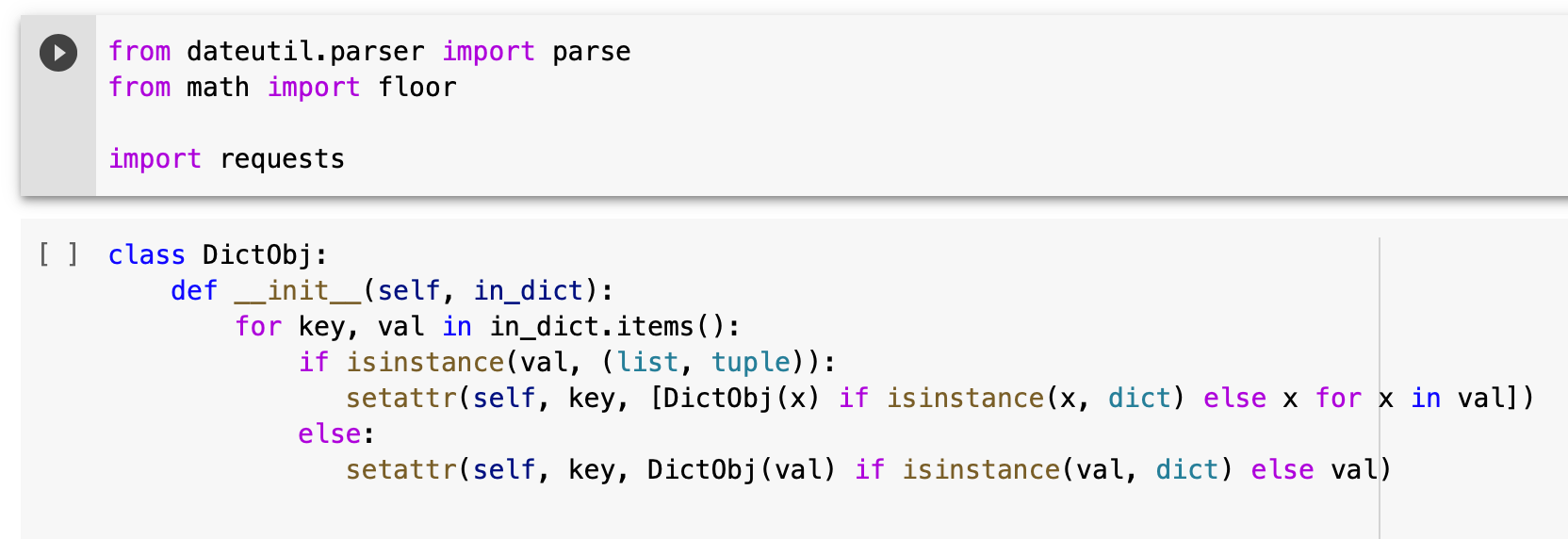
Don't be too disheartened by the downvotes, as your question appears to be a fair one if you ask me. For your use case, it does seem like a fairly sensible approach in the Python world as far as I know. In this tutorial of Python Examples, we learned about list of dictionaries in Python and different operations on the elements of it, with the help of well detailed examples. Hehe, yeah, I was just entertained by the dictionary of dictionaries of dictionaries part. #delete a key:value pair from third dictionary Create a Python dictionary object, including a dictionary whose keys are other Python objects rather than character vectors. #add a new key:value pair to second dictionary Python knows that view objects are iterables, so it starts looping, and you can process the keys of adict. keys () on adict, you get a view of keys.

keys () in the header of a for loop: When you call. (Homogenous lists.) Above, dictionary kv is formed from two vectors by the Dict operator. Its an unordered collection means that while iterating the order of. To iterate through a dictionary in Python by using. So most dictionaries are a mapping between two vectors. #update value for 'bar' in first dictionary Python Dictionary is a set of key-value pairs. This method takes two arguments the key which you want to search and the default value to be returned. This method will check the condition if the key is not found then it will return none value and if it is given then it specified the value.
#PYTHON DICTIONARY OF DICTIONARIES UPDATE#
In the following program, we shall update some of the key:value pairs of dictionaries in list: Update value for a key in the first dictionary, add a key:value pair to the second dictionary, delete a key:value pair from the third dictionary. Turn it into a dictionary view object convert that into a list and then we were able to treat that as a plain old python list and grab any of the elements we. By using the dict.get () function, we can easily get the value by given key from the dictionary. In the following program, we shall print some of the values of dictionaries in list using keys.Ħ Update key:value pairs of a Dictionary in List of Dictionaries
#PYTHON DICTIONARY OF DICTIONARIES HOW TO#
Therefore, you can access each dictionary of the list using index.Īnd we know how to access a specific key:value of the dictionary using key.

The dict() constructor builds dictionaries directly from sequences of. Access key:value pairs in List of Dictionariesĭictionary is like any element in a list. Performing list(d) on a dictionary returns a list of all the keys used in the.


 0 kommentar(er)
0 kommentar(er)
